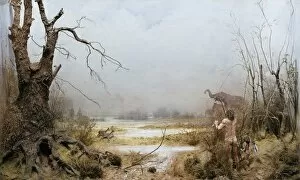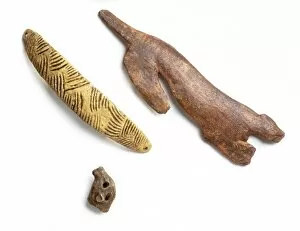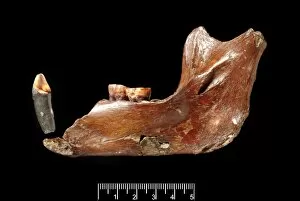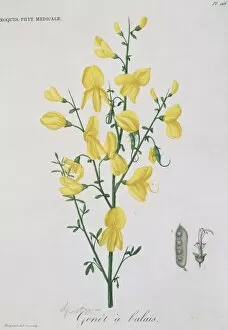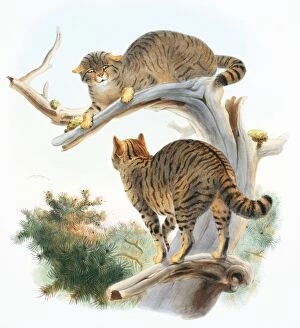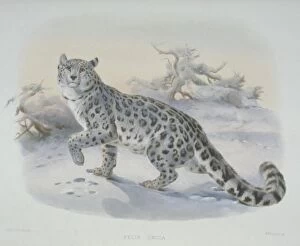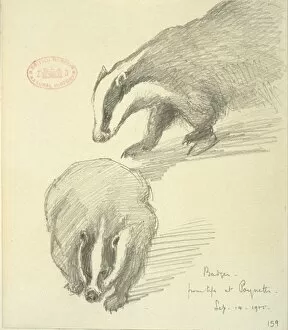Carnivora Collection (#78)
"Carnivora: A Glimpse into the Wild World of Predators" Mary Anning (1799-1847), a pioneering paleontologist, once said
For sale as Licensed Images
Choose your image, Select your licence and Download the media
"Carnivora: A Glimpse into the Wild World of Predators" Mary Anning (1799-1847), a pioneering paleontologist, once said, "The world is full of wonderful things patiently waiting for our senses to grow sharper. " In the animal kingdom, one group that truly embodies this sentiment is Carnivora. From African wild dogs (Lycaon pictus) playfully tugging at the leg of an impala in their pursuit of survival to a majestic Polar bear (Ursus maritimus) gracefully strolling on Champ Island glacier above the sea, these creatures captivate us with their strength and beauty. A Snow leopard (Panthera uncia), its ears back in concentration, gazes intently from its captive habitat while an Arctic Fox (Vulpes lagopus) dons its winter coat portrait against the snowy backdrop of Svalbard, Norway. Meanwhile, a Red fox (Vulpes vulpes) vixen stands poised before Clifton Suspension Bridge at nightfall in Avon Gorge—a testament to nature's ability to adapt even within urban landscapes. Venturing further into untamed territories, we encounter RF - Lions (Panthera leo)—two brothers patrolling their territorial boundary amidst heathland. The raw power and regal aura they exude remind us why they are considered kings of the savannah. On another icy terrain lies a young Polar bear rolling joyously in freshly formed snow—an innocent display of pure bliss. In maternal love and protection, we witness a Grizzly bear (Ursus arctos horribilis) female carrying her cub atop her back—a heartwarming sight that showcases familial bonds forged through adversity. Yet not all interactions are as tender; Killer whale Mel attacks a young South American sea lion—nature's way reminding us that survival often comes at great cost. Even within bustling cities, the spirit perseveres.



